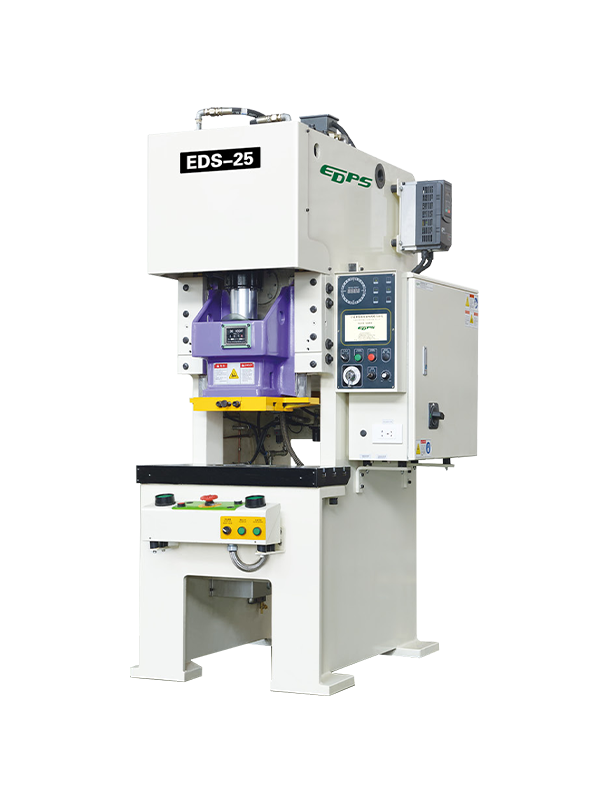The birth of the precision automatic punch has greatly improved the productivity of the company, but its application also has its scope. Here is a small edition for you to interpret some regulations of stamping parts, the requirements of stamping process on the shape and size of stamping parts, and the stamping parts of different shapes and sizes need to choose different stamping processing methods. Therefore, the shape and size of stamping parts are affected by various precision automatic punching machines The actual provisions of the regulations are as follows:
(1) The shape of the stamping parts of the precision automatic punch is simple and symmetrical, which is beneficial to the production and service life of the die.
(2) The shape of the stamping parts and the corner of the inner hole of the precision automatic punch press are generally not allowed to have sharp corners.

(3) The long and thin cantilever and narrow groove should be prevented for stamping parts, so that the die structure is simple and the manufacturing and maintenance is convenient. If the workpiece is specified to contain cantilever and narrow slot, the total width of cantilever and narrow stop shall be more than 2 times of material thickness.
(4) The hole size on the stamping part should not be too small, and the minimum punching size is related to the material type, characteristics, hole shape and die structure.
(5) The distance between the hole and the middle of the hole and between the hole and the edge of the stamping part of the precision automatic punch should not be too small, otherwise it will damage the strength of the cavity, the service life and the quality of the litigation parts.
(6) The shape and size of bending parts shall be symmetrical as far as possible, and the bending radius of upper and lower parts shall be consistent to ensure the balance of the plate during bending and avoid dragging.
(7) The bending radius of bending parts shall not be too small or too large. If the bending radius is too small, it will cause cracking; if the bending radius is too large, it will cause elastic rebound.